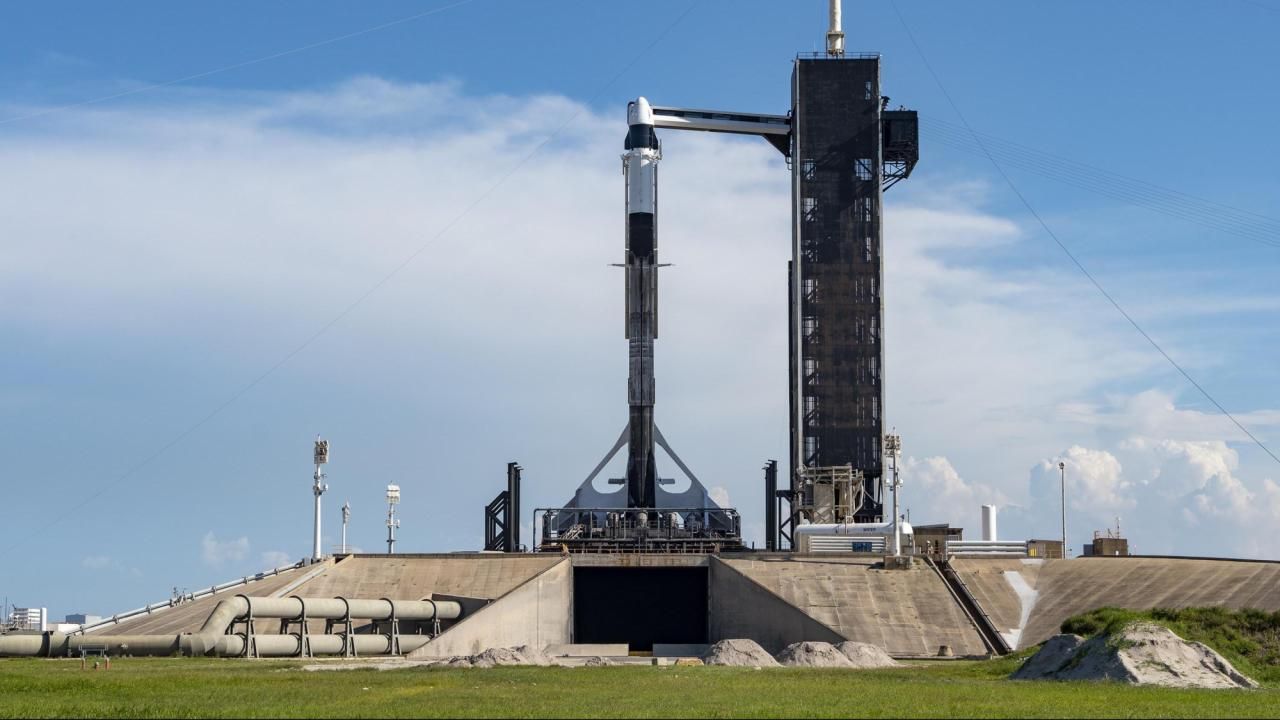Upcoming space experiments: Removing Sriracha stains, how dust travels the Earth

Among the 5,800 pounds of supplies and other cargo bound for the International Space Station set to launch from the Kennedy Space Center are a number of science investigations.
Mapping Earth’s dust
The Earth Surface Mineral Dust Source Investigation will measure the mineral composition of the estimated 100 million tons of dust lifted into the atmosphere each year.

Dust from the Sahara reached North Carolina skies last summer, bringing brilliant sunsets. Airborne dust also helps fertilize the soil in the Amazon and provides nutrients to coral in the Caribbean. But it also affects air quality, the rate of snow melt, and poses health risks especially to people with asthma and other respiratory conditions.
Blowing dust can travel long distances impacting Earth’s climate, weather, vegetation and more. Dark-colored minerals absorb sunlight warming the atmosphere, while light-colored mineral dust can cool it. This project will map dust in the atmosphere and help scientists better understand its impacts.
Fighting stains in microgravity
Procter & Gamble is also sending an experiment to study cleaning clothes in space, using something you might have in your laundry room right now.
The goal is to evaluate how the stain removal ingredients in the company's Tide To Go pens and wipe products perform in microgravity in a study sponsored by the International Space Station (ISS) National Laboratory.
Astronauts will be testing 10 different “fresh stains” commonly found on the orbiting laboratory as well as “aged stains” that were applied to fabric swatches before launch.
“One of the things we will be testing is Sriracha hot sauce,” said Jennifer Ahoni, director of scientific communications at P&G. “We know the astronauts tend to use a lot of it on their food, so we will be using it to test our products and see how they fare in microgravity.”

Scientists hope this research, along with what was learned from using a fully degradable detergent delivered during the last cargo flight in December, will help solve the long-standing problem of doing laundry in space. A company spokesperson said they hope to gain insights that could improve the production the products for consumers on Earth especially in places where water is scarce.
Nanosatellites
Among total cubesats measuring, each about the size of a loaf of bread, is Project BeaverCube, a collaboration between MIT and the Woods Hole Oceanographic Institution. This mission will measure the temperature of cloud tops and the ocean surface to improve our understanding of the concentration of phytoplankton, a major source of oxygen in our atmosphere with a big impact on climate and weather.

BeaverCube's proposal points to the insight on water pollution following Hurricane Florence in 2018 from the US Geologic Survey's Landsat 8 satellite seen above. This cubesat sees in the same visible spectrum (top) as well as infrared (bottom) but uses low cost, off-the-shelf, components.
This mission will also demonstrate Tiled Ionic Liquid Electrospray (TILE) propulsion technology. Not much bigger than two packs of playing cards and weighing just over a pound, these micro thrusters rotate the spacecraft into position for cameras and other sensors to do their jobs.










